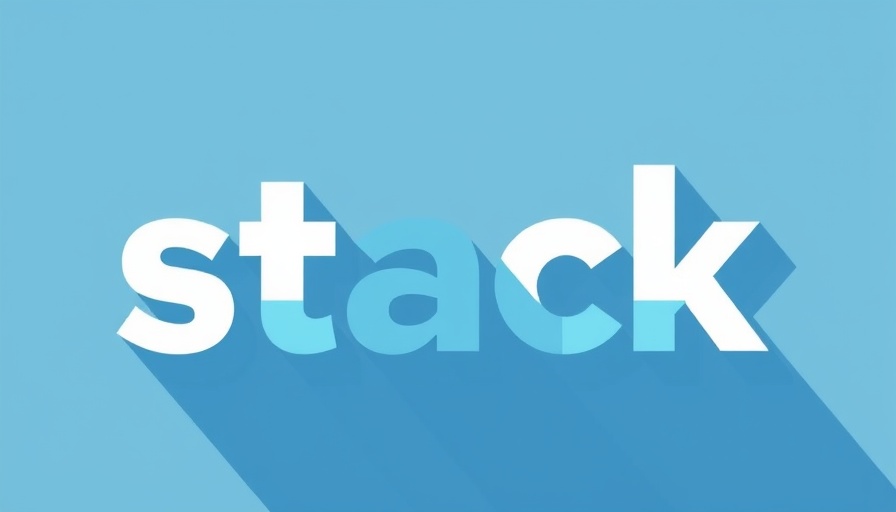
Finding the Right Soil: Where to Start Your Business in 2025
Launching a business is akin to planting a seed; it requires the right environment to flourish. As we step into 2025, understanding where to set up shop based on state conditions is crucial for entrepreneurs. Recent reports rank states based on factors like taxation, financing options, and economic stability, essential for fostering new ventures.
The Top Choices: Colorado and Utah Lead the Pack
According to a comprehensive analysis by National Business Capital, Colorado tops the list for business start-ups in 2025, thanks to its robust economy and favorable funding conditions. With a balance of low taxes and high venture capital availability, entrepreneurs find a supportive environment for launching and growing their businesses.
Utah closely follows, demonstrating explosive growth and strong SBA loan approval rates. These factors create a thriving backdrop for small businesses, making it an optimal location for start-ups aiming for long-term sustainability.
Alternative Hotspots: Sunbelt States Shine
The Sunbelt states, particularly Texas and Florida, offer a unique blend of low taxation and supportive business climates. Texas is known for its lack of state income tax and a diverse economic landscape, attracting business owners looking for a competitive edge. Florida, often celebrated for its entrepreneurial spirit and no personal income tax, ranks high due to its rapidly growing sectors, such as health tech and renewable energy.
However, while these states are attractive for their tax benefits, entrepreneurs should also be wary of long-term sustainability due to fluctuating business conditions and market volatility.
The Great Lakes: Resilient Yet Affordable
For those seeking a quieter market, the Great Lakes region offers appealing opportunities. States like Michigan and Ohio provide low-cost access to stable markets, exhibiting moderate business tax rates and high business survival rates. For entrepreneurs looking to establish their businesses with reduced initial financial pressure, these states become ideal.
The Challenges in New England and the Heartland
Conversely, regions like New England present hurdles for new businesses. States such as New Hampshire and Maine struggle with low business creation rates, challenging the long-term viability of start-ups. New Hampshire, while boasting high SBA loan approval rates, sees a discouraging number of businesses surviving past their first five years.
The Heartland states also pose difficulties with limited access to capital and high attrition rates, particularly for industries that require substantial upfront investments. Entrepreneurs considering these areas must prepare for sandpaper-like terrains with fewer financial cushions.
What This Means for You: Crafting a Strategy
For aspiring business owners, the choice of location is pivotal not only for initial funding but also for strategic growth. Access to resources such as small business loans or business credit cards varies significantly across states, impacting decision-making. Regions like Colorado and Texas provide favorable financial environments where business financing options are more accessible.
Moreover, understanding the specific business financing landscape—including different types of business loans and their requirements—can equip entrepreneurs with the tools needed to secure the capital they need effectively. Whether it’s considering equipment financing or working capital loans, aligning financing opportunities with your chosen location can help ensure a successful start.
Insights and Future Opportunities
The landscape of starting a business continually evolves, particularly in the context of market changes and global economic trends. As we look ahead at 2025 and beyond, recognizing industry growth areas such as e-commerce, artificial intelligence, and health tech can offer new opportunities for entrepreneurs.
Making strategic choices based on these insights could propel startups to thrive in competitive markets. Investors and entrepreneurs should remain vigilant about emerging trends and adapt their models accordingly to maximize potential returns.
Your Next Steps: Making Informed Decisions
Setting up a business is not just about having a great idea; it’s about understanding the best conditions for your venture to flourish. The insights gathered from studies and expert analyses provide a roadmap for which states may serve as the best launchpads for your entrepreneurial journey in 2025.
For entrepreneurs, the path to success may include exploring business financing solutions tailored to their needs, understanding the specific requirements for business loans, and determining the overall market conditions that will support their ventures. Taking the time to analyze state rankings, economic conditions, and logistical considerations will help in crafting a well-rounded business strategy.
 Add Row
Add Row  Add
Add 



Write A Comment